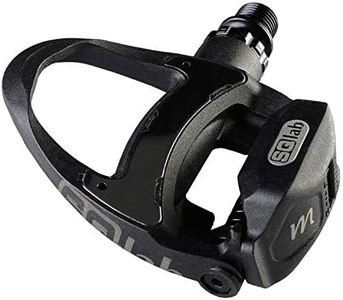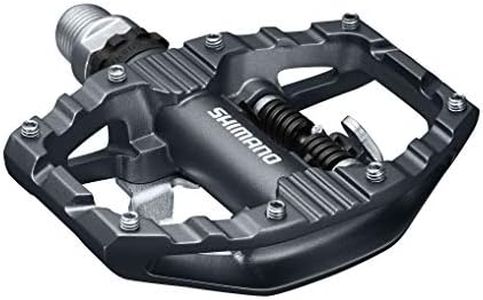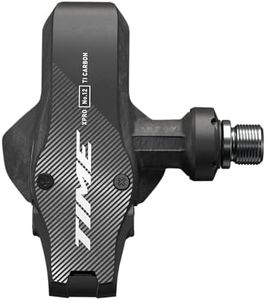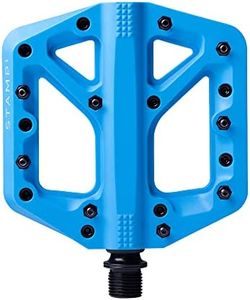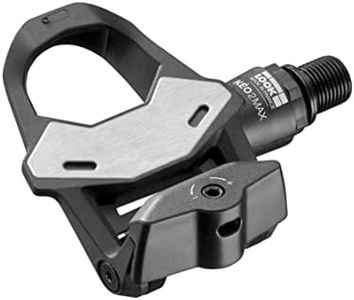We Use CookiesWe use cookies to enhance the security, performance,
functionality and for analytical and promotional activities. By continuing to browse this site you
are agreeing to our privacy policy
10 Best Road Bike Pedals
From leading brands and best sellers available on the web.Buying Guide for the Best Road Bike Pedals
Choosing the right road bike pedals can have a big impact on your cycling experience. Pedals serve as your main point of contact with the bike and affect how efficiently you transfer power, how comfortably you ride, and even how safely you can stop and start. When picking pedals, think about your riding style, your experience level, and your comfort with using different attachment systems. Understanding the key features of pedals will make it much easier to find the best fit for your needs.Pedal TypeThis refers to the basic design and interaction of the pedal with your cycling shoe. The main types are platform (flat) pedals and clipless pedals. Platform pedals are easy to use and suitable for casual riding since you don't need special shoes. Clipless pedals actually 'clip in' your shoe for a secure fit; they're popular among road cyclists for efficiency and control, but they require compatible shoes and a bit of practice to use safely. If you ride casually or in regular shoes, platform pedals work well, but if you want improved pedaling performance and don't mind a learning curve, consider clipless options.
Pedal FloatFloat describes how much your foot can swivel side-to-side while clipped into the pedal. Lower float means a more locked-in position, which can give a strong sense of connection but might feel restrictive and put stress on your knees. Higher float allows more movement and can help prevent joint pain but may feel less direct. If you have sensitive knees or are new to clipless pedals, aim for more float. Experienced riders who like a secure feel often prefer lower float.
Cleat System CompatibilityThis spec determines which cleats (the part attached to your shoe) work with your pedal. Each pedal brand may use a different pattern, so you need to match your pedal with the correct cleat and compatible cycling shoes. Most road bike pedals use a three-bolt system for maximum stability and power transfer. Always check that your shoes can accept the cleat style your chosen pedals require to avoid frustration.
WeightPedal weight can make a difference in performance, especially on long rides or climbs. Lighter pedals are made from lightweight materials like carbon or titanium and reduce the effort needed to accelerate or maintain speed. Heavier pedals are typically more durable and affordable but might feel sluggish if you care about every gram. If your priority is speed and efficiency, go lighter; if you’re more concerned about durability, weight may be less critical.
Ease of Entry and ReleaseThis measures how easily you can clip in and out of the pedals. Some systems have adjustable tension, letting you set how hard you need to push or twist your foot to lock in or disengage. Beginners may prefer an easy entry and release to reduce the risk of tipping over, while more advanced riders often like a firmer connection for performance. Assess your comfort level and pick a system you feel confident using in all situations.
Pedal Platform SizeThe platform size is the actual area where your shoe contacts the pedal. Bigger platforms spread out the pressure on your foot, making long rides more comfortable and stable. Smaller platforms may be lighter but can lead to hotspots or discomfort. If you are planning long rides or are just starting out, a larger platform can be more forgiving. Racers may opt for smaller, lighter platforms for minimal weight.


